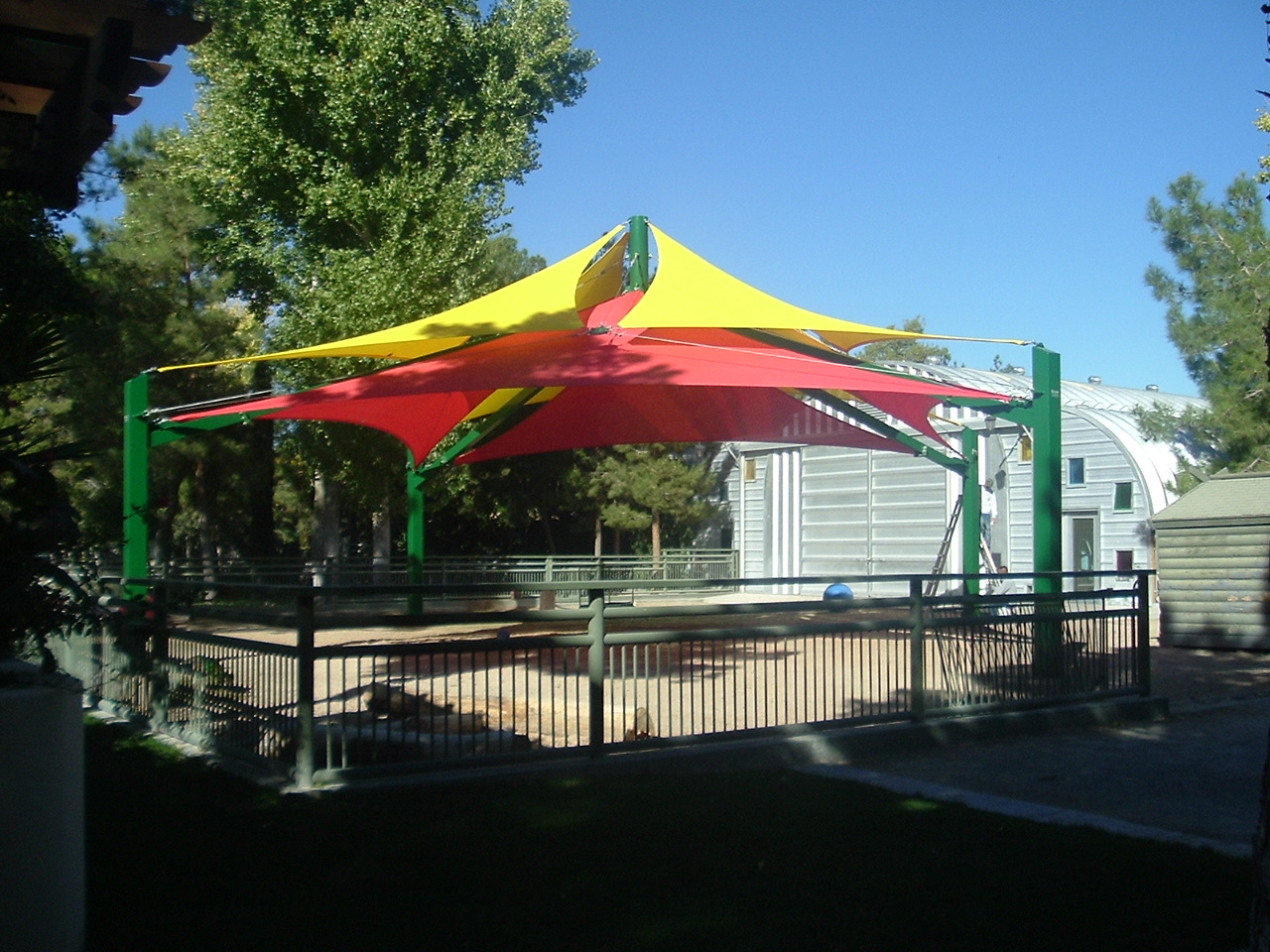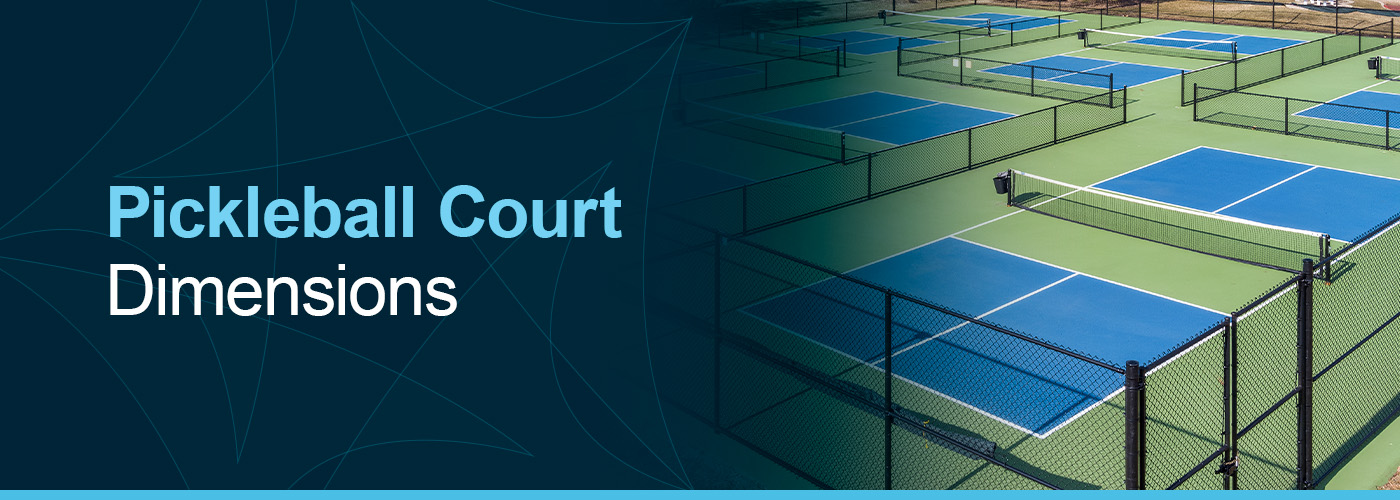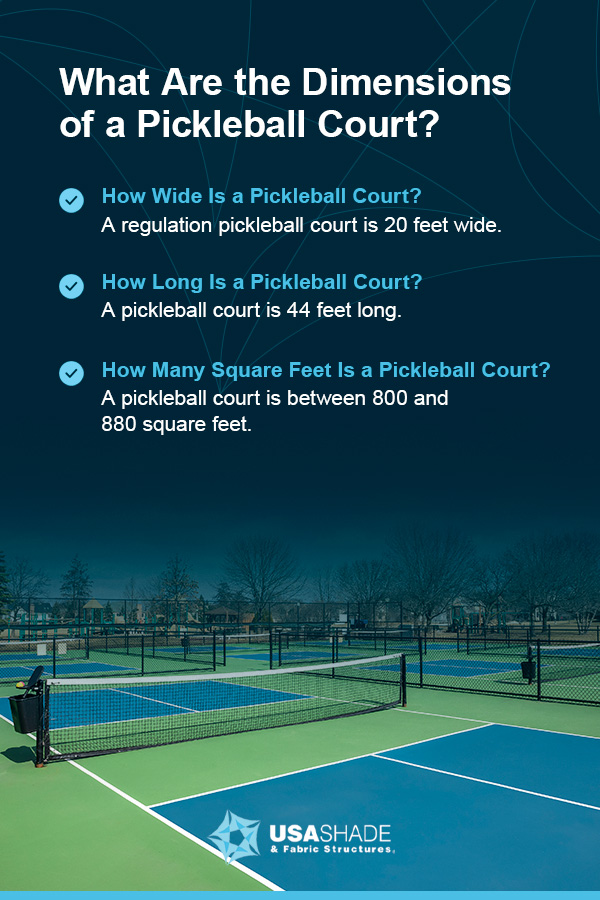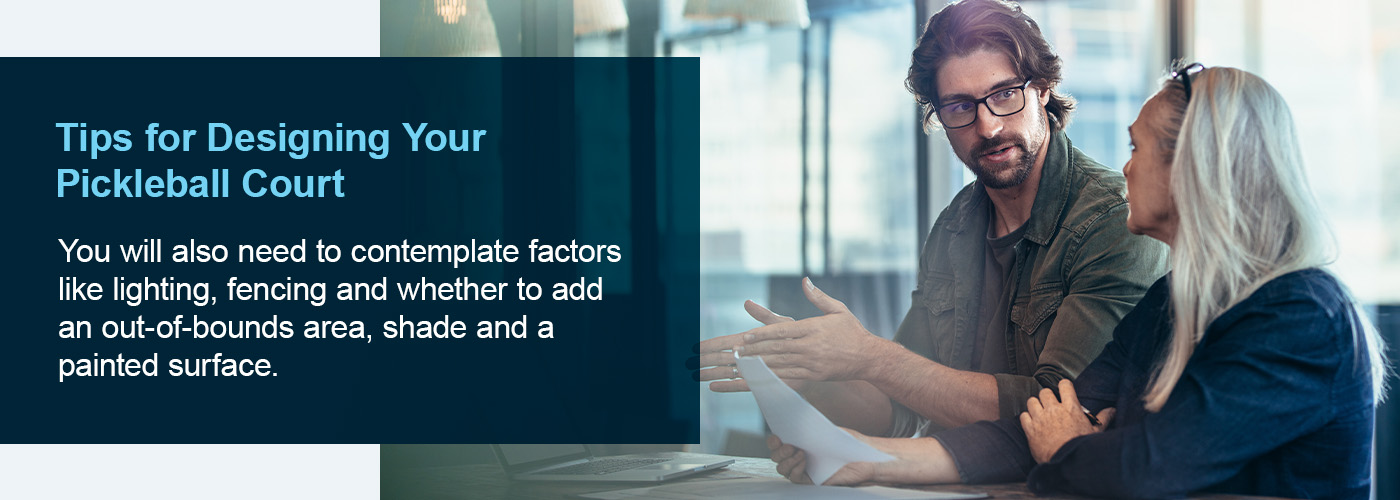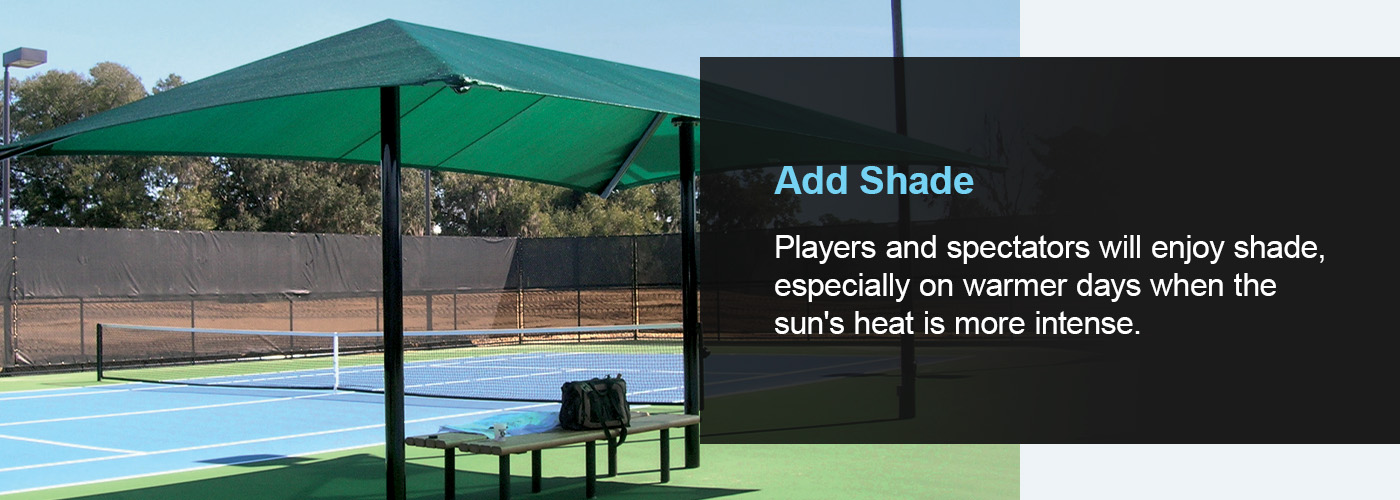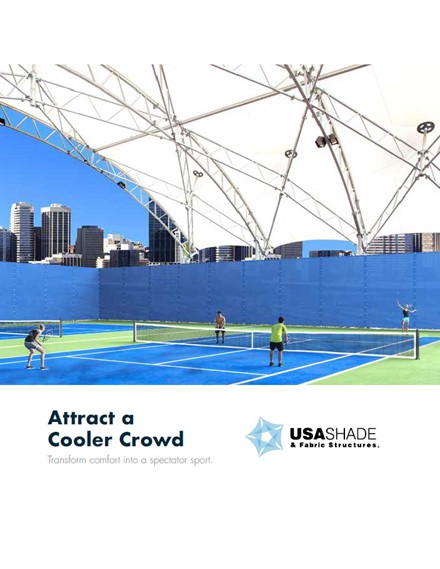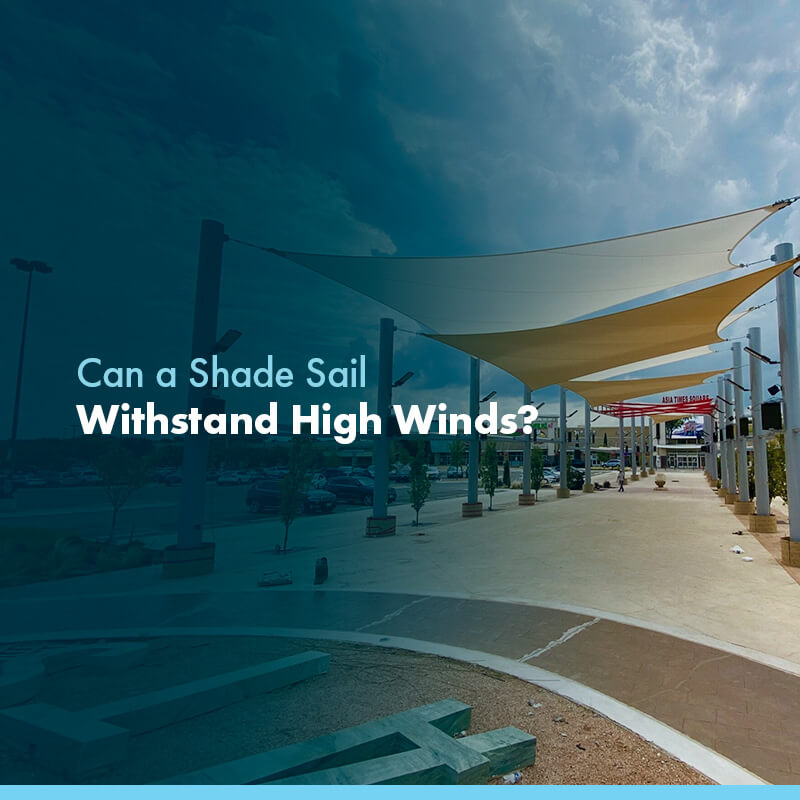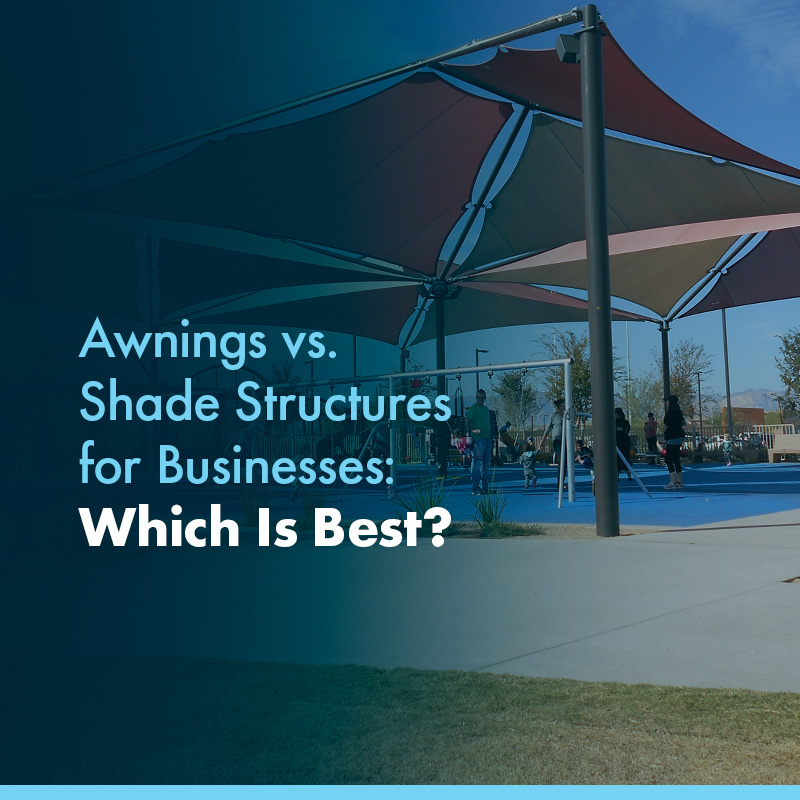Pickleball is a well-established and highly competitive sport, with annual regional tournaments attracting streams of participants and spectators nationwide. This sport’s interesting origin makes it unique, but anyone can enjoy it, regardless of age, gender, fitness level or experience.
Pickleball courts are relatively easy and cost-effective to build if there are not too many additional features to expand on. If you follow the correct legal channels, you can have yours built by a professional court construction company in a designated public area.
How big is a pickleball court? If you plan to build a standard pickleball court, you must know all the dimensions involved. They will be the same whether participants play singles or doubles, inside or outside. Read on for more on the dimensions of each court component and tips for designing your pickleball court. USA Shade is your go-to for custom building projects and will provide the ideal shade structure to complement your court.
What Are the Dimensions of a Pickleball Court?
A pickleball court consists of five areas. Equipped with a tape measure and marking tape or chalk, you can measure the area where you will build your pickleball court. The measurements are regulation-sized per the USA Pickleball Rule Book to ensure your stand-alone court meets the professional requirements.
A pickleball court is rectangular, and its full dimensions are 20 by 44 feet. Except for the net’s height, it has the same dimensions as a badminton court. To get accurate measurements for the entire court, we’ll separate each area and its relevant dimensions.
Remember to include the marking lines in your court measurements. In other words, measure the lines’ outside borders as your measuring points, with the line diameter included inwardly. Additionally, the pickleball court’s position should ensure direct sunlight doesn’t shine into the players’ eyes. A north-south bearing should help with this.
How Wide Is a Pickleball Court?
A regulation pickleball court is 20 feet wide. It is the width calculated between both sidelines and excludes the out-of-bounds area. The width is the same for single and doubles play.
How Long Is a Pickleball Court?
A pickleball court is 44 feet long. The length remains the same for courts designed for single and double play.
How Many Square Feet Is a Pickleball Court?
A pickleball court is between 800 and 880 square feet, which may vary depending on whether you include space for a bigger out-of-bounds area.


